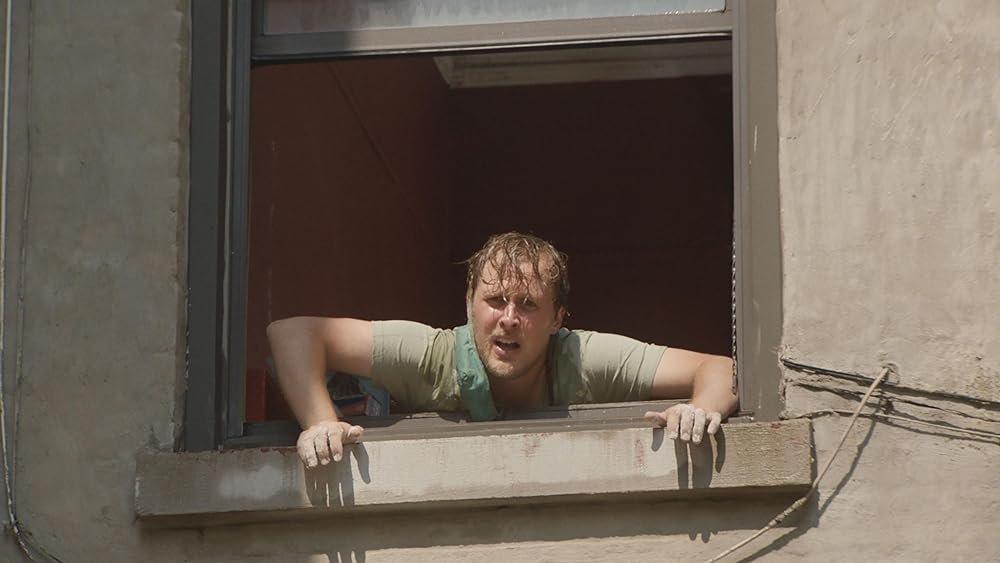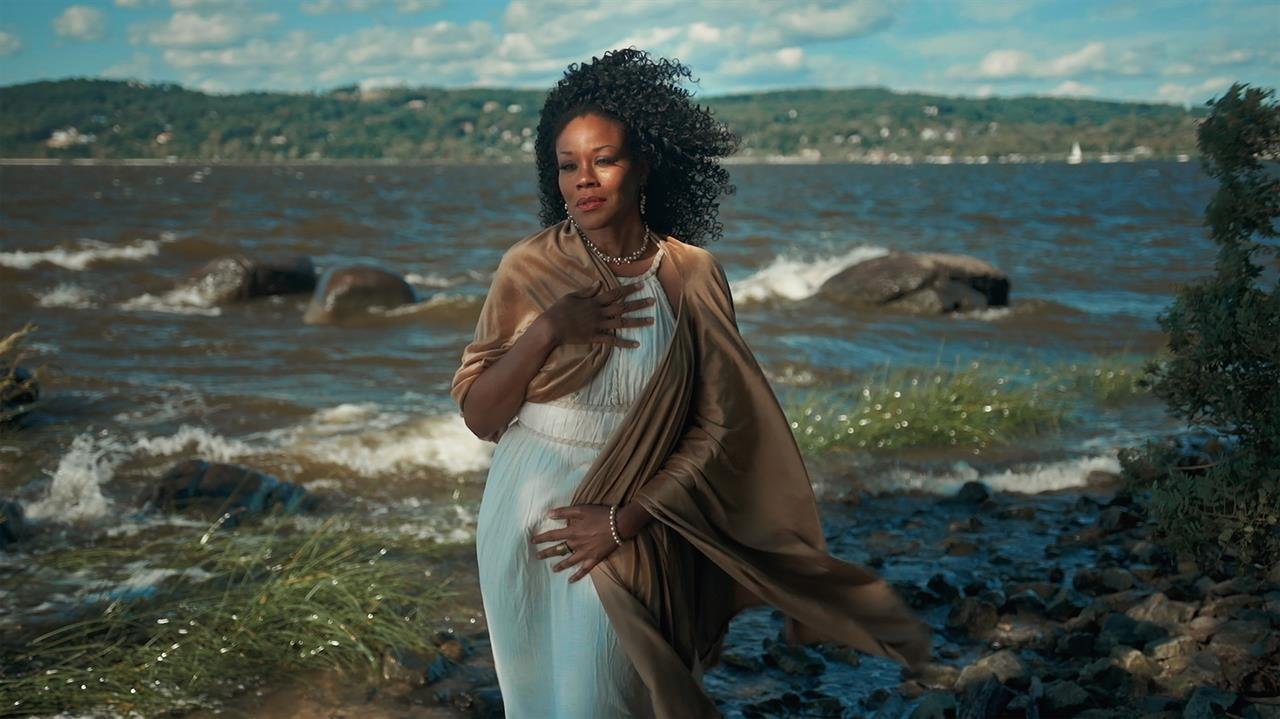Hollywood
In a place and in an industry where new is inevitable, some things have survived for generations. That big name on that one hill, for example. And the TCL Chinese Theater on Hollywood Boulevard.
In a way, this old theater is the biggest screen offered by the United States. It’s its own thing, but it inevitably captures and displays our personal projections about American moviedom. Think Hollywood is dying? Just look at that aging theater—its name having changed, the unhoused walking past it apathetically—and you are vindicated. Or do you think American moviedom continues to evolve? Just look at that iconic theater and be warmed by its monument; look how it sits on a street tiled evermore with the big names and big brains of each successive generation. Still a haven of fun after all these years.
How fitting, then, that from August 8 – 18, 2024, the TCL Chinese Theater was home to the 20th edition of the HollyShorts Film Festival.
HollyShorts
The HollyShorts Film Festival devotes itself to “showcasing the best and brightest short films from around the globe, [and] advancing the careers of filmmakers through screenings, networking events, and various panels and forums”. It displays movies running 40 or less minutes, and had about 400 movies in this year’s program—culled from over 6,000 submissions.
A cool thing about this festival is that it has four categories that are Oscar-qualifying: Documentary Short Film; Best Short Film Grand Prize; Best Short Animation; and Best Short Live Actiom. This means that if a movie wins in one of these categories, it’s allowed to submit itself to the Academy of Motion Picture Arts and Sciences for Oscar award consideration.
HollyShorts Screenings
Unable to attend in-person this year, I watched virtually. My tagline for HollyShorts 2024? Has more, with less gimmicks.
This is a beautiful thing. Some moviemakers seem to think that because a short is brief, they can make a whole movie built around just a gimmick. No meaning is necessary, the rationale goes, because there is a twist, and people enjoy twists.
This is bad logic. The very best movies—no matter their runtime—have sizzle that doesn’t fizzle. The curators for HollyShorts 2024 seem to know this, and their slate is full of varied movies that, from what I’ve seen, are as thought-provoking as they are fun.
Select Reviews from HollyShorts 2024
I did not watch 400 movies to make this list, but I watched a few. Here are some of the standouts.
Fun Fact
Seventeen minutes seems to have been a popular runtime for the movies I watched this year. Is this an industry standard? Are moviemakers talking, or coming to this conclusion on their own? Does this runtime work better than others for our brains to digest a new story?




















